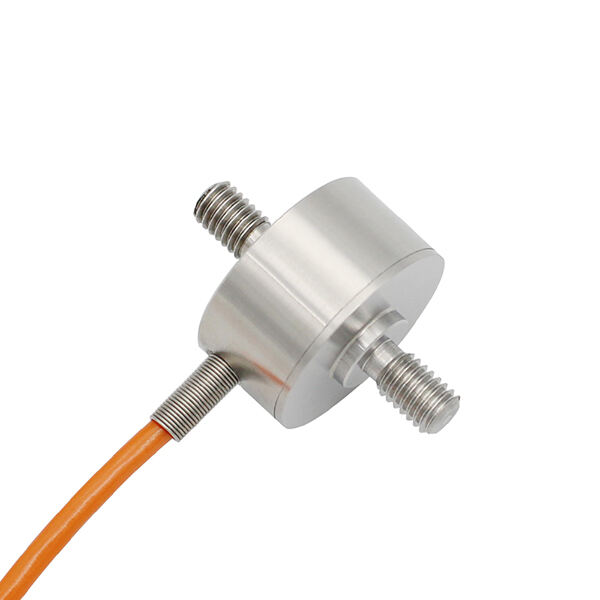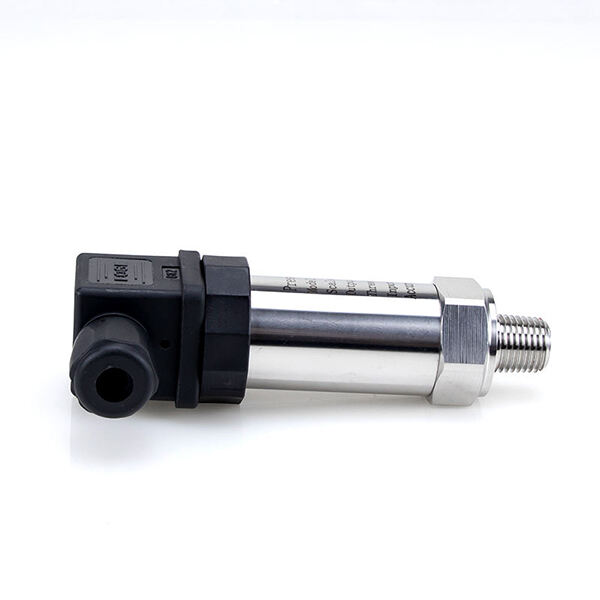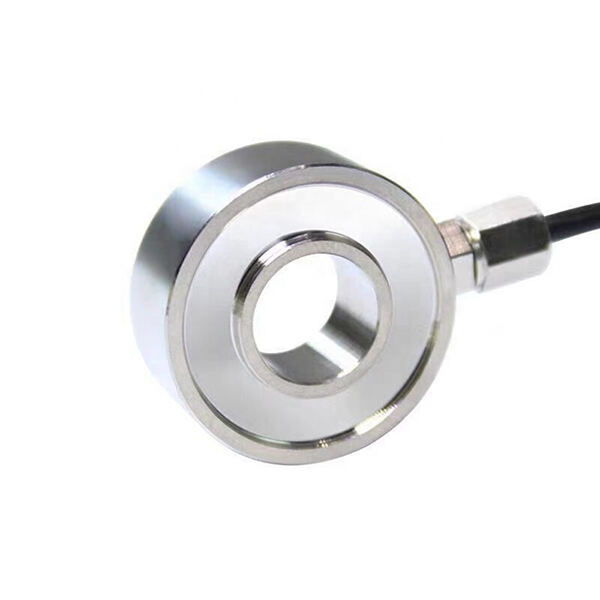Resistive linear transducers are a device used to measure the distance, translation (displacement) of an object in one direction is called as Translation. SOP linear displacement operate around modifying resistance though going through motion. 150, the shift in this resistance will be transformed and produced as a signal which clearly shows how much an object has been moved.
The most positive side of resistive linear transducers is its high rate of precision, users will have a peace in mind knowing that the measurements taken are all correct. They are rugged, and they do just better even in harsh conditions. These machines can sometimes be affordable, appropriate for many uses. SOP linear motion sensor are also pretty simple to set up and get started with.

Choosing the right resistive linear transducer will largely depend on how much distance it needs to measure over, what kind of accuracy you need from that measurement and under what conditions it has to operate. SOP linear transducer, one that is suitable for the job it will be doing.

How To Maintain Your Resistive Linear Transducer: Clean your resistive linear transducer and ensure that it is providing correct measurements while looking out for any issues.

We provide secure reliable resistive linear transducer each product, and speedy shipping 2 days for stock goods There numerous types of transportation options available customer to choose. Following the delivery you will be provided with tracker details.
Our company accredited through CE, RoHS, ISO9001 and many certifications. We ensure every product undergoes rigorous testing prior delivery. SOP also has engineers can offer after-sales support and resolve any problems with the resistive linear transducer.
SOP is a leading resistive linear transducer has over 20 years' manufacturing experience has worked with over 500 clients around world. SOP is a reputable firm is involved in the development, research production of various kinds of sensors.
We provide a broad range of products include linear displacement sensors drawn wire sensors, LVDT sensors, load cells torque sensors, pressure sensors, resistive linear transducer sensors, more. We offer OEM/ODM support per the specifications of the customer.